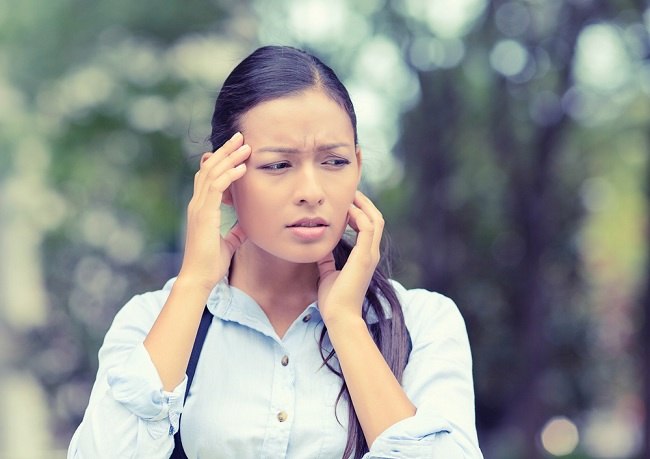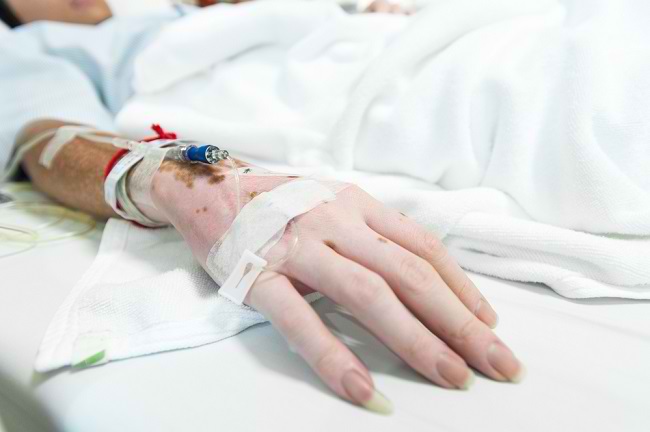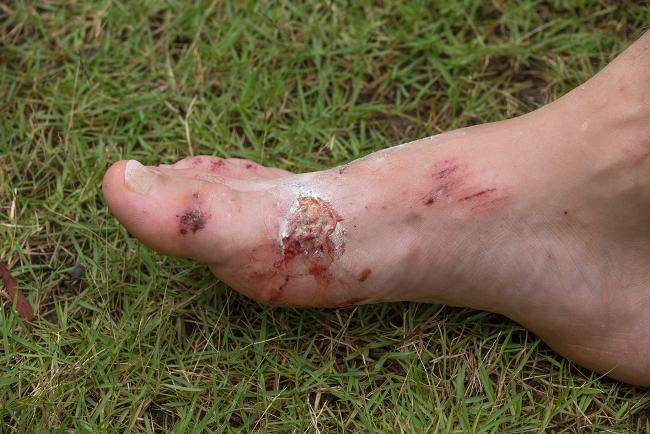Doxepine or doxepin is a medication to treat depression and relieve itching or pruritus caused by certain skin conditions, such as eczema. One of the dosage forms of doxepine available in Indonesia is a cream containing 5% doxepin hydrochloride.
Doxepine belongs to the class of antidepressants that have the effect of relieving itching. Until now, it is not known how or the exact mechanism of action of doxepine to relieve itching. However, it is suspected that this drug can block the work of histamine when the body is exposed to allergy-triggering substances, so that itching complaints can subside.

Trademark doxepine: Sagalon
What's that Doxepine
| group | Prescription drugs |
| Category | Tricyclic antidepressants (tricyclic antidepressants) |
| Benefit | The dosage form of the cream is used to relieve itching due to hives, dry skin, atopic eczema, or psoriasis |
| Used by | Adults and children >12 years old |
| Doxepine for pregnant and lactating women | Category B: Studies in animal studies have not shown any risk to the fetus, but there are no controlled studies in pregnant women. This medicine may be absorbed into breast milk. Talk to your doctor if you want to use doxepine while breastfeeding. |
| Drug form | 5% cream |
Precautions Before Using Doxepine
Doxepine should be used according to a doctor's prescription. Before using doxepin, you need to pay attention to the following points:
- Do not use doxepine if you are allergic to this medicine or to tricyclic antidepressant medicines, such as amitriptyline.
- Tell your doctor if you are taking or taking certain medications, supplements, or herbal products.
- Tell your doctor if you are pregnant, breastfeeding, or planning a pregnancy.
- Tell your doctor your medical history, especially if you have or have ever had glaucoma, kidney problems, liver problems, enlarged prostate, hyperthyroidism, electrolyte disturbances, heart disease, obstructive pulmonary disease, seizures, or bipolar disorder.
- See your doctor immediately if you have an allergic reaction or overdose after taking doxepine.
Doxepine Dosage and Usage
The dose and duration of doxepine use will be determined by the doctor according to the patient's age and health condition. Cream dosage forms will usually be used to relieve itching due to certain skin conditions.
The general dose of doxepin cream that can be used to treat itching (pruritus) in adults and children over the age of 12 is 3-4 times applied to the itchy area for 8 days. Make sure there is a gap of 3-4 hours between doses.
How to Use Doxepine Correctly
Use doxepine as directed by your doctor or the directions for use on the package. Doxepin cream is an external medicine, do not take this medicine or apply it to the eyes or the inside of the vagina.
Apply doxepin cream thinly to the problem area, then massage gently. Do not apply the medication beyond the skin area recommended by your doctor.
Even if your symptoms have improved, use the medication according to the duration of treatment recommended by your doctor. Do not use doxepine for more than 8 days. Call your doctor if your symptoms get worse or don't improve after 8 days.
If you forget to apply doxepine, use it immediately and make sure there is a 3-4 hour gap between your next dose.
Do not seal tightly or bandage the treated area. This can increase the amount of drug that is absorbed into the bloodstream, increasing the risk of side effects.
Store doxepine in its package at room temperature. Avoid exposure to direct sunlight, hot temperatures, and humid places. Keep medicine out of reach of children.
Doxepine Interactions with Other Drugs
Drug interactions that can occur if doxepin is used together with other drugs are:
- Increased blood levels of doxepine when used with drugs that affect the CYP2D6 enzyme, such as cimetidine or antidepressant drugs selective serotonin reuptake inhibitor (SSRI)
- Increased risk of serotonin syndrome, which can be fatal when used with -class antidepressants monoamine oxidase inhibitors (MAOI)
- Increased risk of arrhythmias, hypotension, or hypertension when used with anesthetics or sympathomimetic agents, such as ephedrine and isoprenaline
- Increased risk of severe hypoglycaemia when used with tolazamide
- Decreased antihypertensive effect of bethanidine, clonidine, debrisoquine, or guanethidine
Doxepine Side Effects and Dangers
Doxepine can cause the following side effects:
- The area of the skin that is applied to the drug becomes burning, swollen, or tingling
- Dry lips or skin
- Blurred vision
- Dizzy
If the above side effects do not improve, are bothersome, or get worse, contact your doctor immediately. Although rare, doxepin can also cause allergic drug reactions that can be characterized by the appearance of an itchy rash on the skin, swelling of the lips or eyelids, and difficulty breathing.









